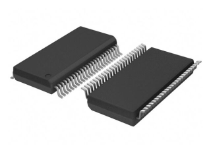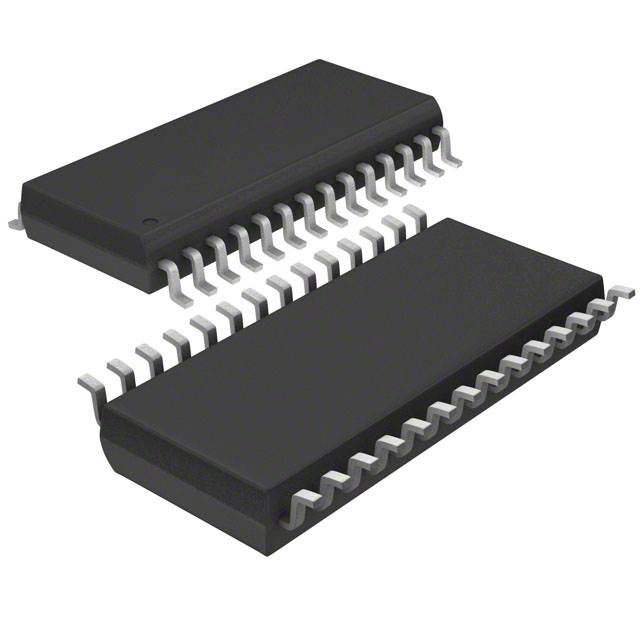- Online chat

SN74ALVC164245DGGR
The SN74ALVC164245DGGR is a 16-bit transceiver from Texas Instruments designed for high-speed bidirectional data communication between two ports. Housed in a 48-pin TSSOP package, this device supports voltage levels from 1.65V to 3.6V, making it compatible with a wide range of low-voltage systems. It features selectable data flow direction controlled by the DIR pin and can be enabled or disabled using the OE (Output Enable) pin, providing flexibility in various applications.
Key Features
This transceiver offers low-voltage operation and low static power consumption, ensuring efficient performance in portable and battery-operated devices. With typical propagation delays of 4.3 ns at VCC = 3.3V, the SN74ALVC164245DGGR ensures fast data transfer rates. It supports partial-power-down applications using Ioff circuitry, which disables bus lines during power-down conditions to prevent damaging current backflow. The device also includes 3-state outputs that provide high-impedance during disable states, reducing power consumption and preventing signal interference. Operating over an extended temperature range (-40°C to +85°C), it guarantees stable performance under diverse environmental conditions.
Applications
Ideal for use in computer peripherals, network routers, and servers, the SN74ALVC164245DGGR excels in scenarios requiring high-speed data transfer between different voltage domains. It is commonly found in industrial control systems, automotive electronics, and consumer devices where reliable data communication is essential. Additionally, its compact size and efficiency make it suitable for space-constrained designs such as handheld devices and embedded systems. Its ability to interface between different voltage levels makes it invaluable in mixed-signal environments.
Summary
The SN74ALVC164245DGGR combines high-speed data transfer capabilities, low power consumption, and flexible voltage compatibility, making it an essential component for a variety of applications ranging from consumer electronics to industrial automation. Its robust design, featuring selectable data direction and output enable functionality, facilitates seamless integration into complex systems while maintaining signal integrity and system reliability. This makes it indispensable for engineers designing circuits that require efficient and dependable data communication across different voltage levels and environmental conditions.





